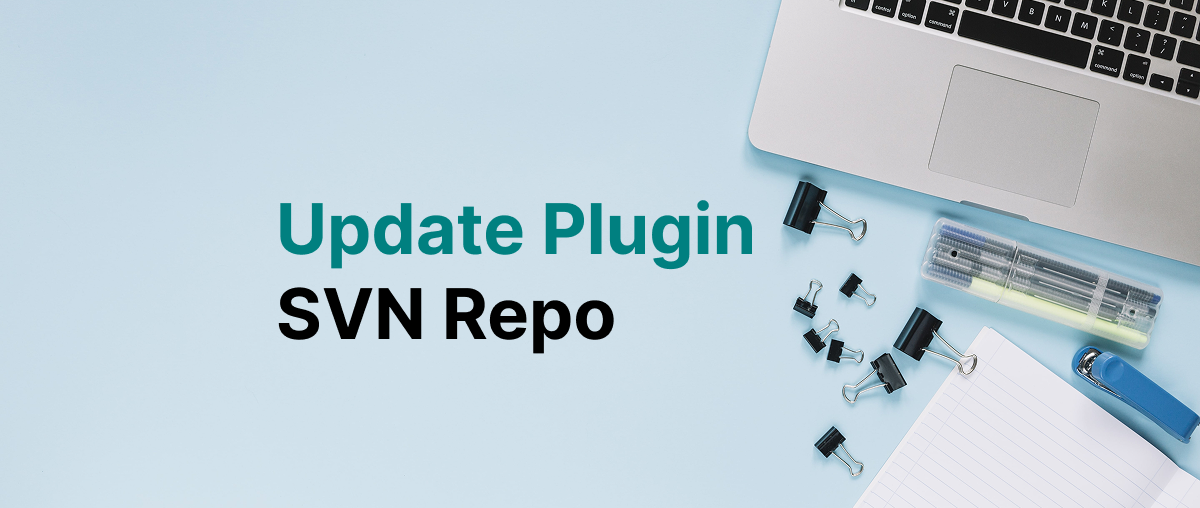Keeping your plugin up to date in the WordPress.org plugin repository is essential for delivering improvements, fixing bugs, and ensuring compatibility. This guide walks you through the correct process to update your WordPress plugin using SVN (svn WordPress plugins).
Step 1: Check Plugin Status
Open Terminal and navigate to your local plugin SVN directory. Then run:
svn statThis command lists the modified, untracked, and missing files in your working copy.
Step 2: Add New or Modified Files to SVN
Make sure to forcefully add any new files in key directories such as assets, trunk, or tags:
svn add assets/* --force
svn add trunk/* --force
svn add tags/* --forceThe --force flag ensures that even unversioned files inside folders are added properly.
Step 3: Commit the Changes
Once you’ve added all files, commit your changes with a clear and descriptive message:
svn ci -m "Updated plugin with new features and bug fixes"Optional: Delete a File from SVN
If you need to remove a file (e.g., outdated banners or assets), use:
svn delete assets/banner-transter-press.png
svn ci -m "Removed old banner image"
Step 4: Clean Slate Trunk Update (If Needed)
Sometimes it’s cleaner to reset your trunk folder entirely. Here’s how:
svn delete trunk
svn ci -m "Deleted old trunk for clean rebuild"Recreate and Add a New trunk Folder
mkdir trunk
svn add trunkNow, copy all your latest plugin files and folders into the newly created trunk folder.
cp -R /path/to/your/latest-plugin-code/* trunk/Finally, add the contents again and commit:
svn add trunk/* --force
svn ci -m "Re-added updated plugin files to trunk"
✅ You’re Done! (svn WordPress plugins)
Your plugin is now updated on WordPress.org and ready for users to download the latest version.
If you’re ready to publish your WordPress plugin on the official WordPress.org plugin repository, this guide: https://suitepress.org/how-to-upload-a-wordpress-plugin-to-the-svn-repository-step-by-step-guide/ will walk you through the essential steps and help you understand the entire process clearly.
From preparing your plugin files to setting up the SVN repository, each step is crucial to ensure a smooth and successful submission. By following this article, you’ll learn how to identify the required plugin information, structure your files correctly, and configure everything according to WordPress.org guidelines. Whether you’re a first-time publisher or updating an existing plugin, this tutorial provides a complete, practical approach to getting your plugin live.
SVN Account Switch for Submissions:
rm -rf ~/.subversion/auth/svn.simple/*This will logout the current users every-time, and then you can login whatever account you want for submit the updated code!
